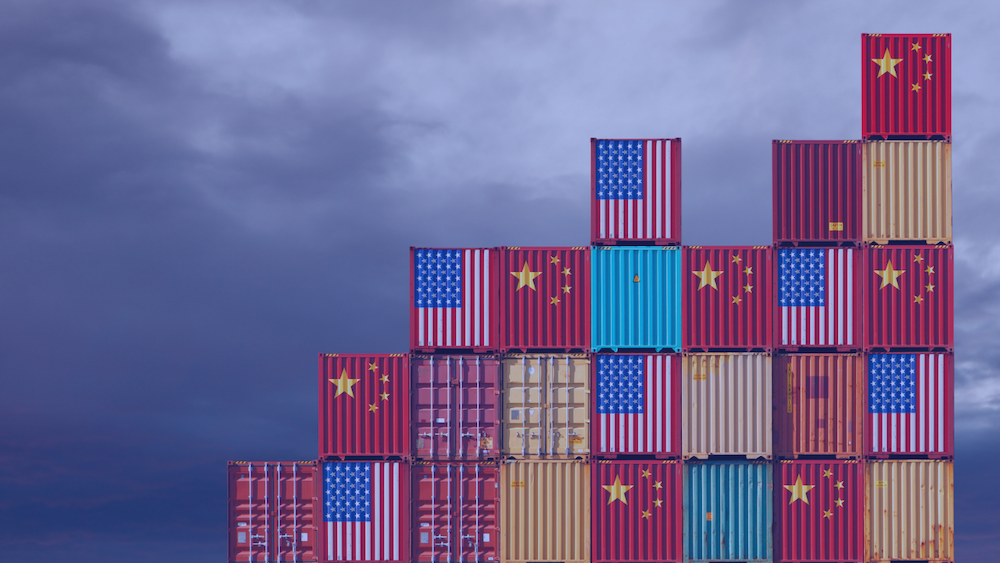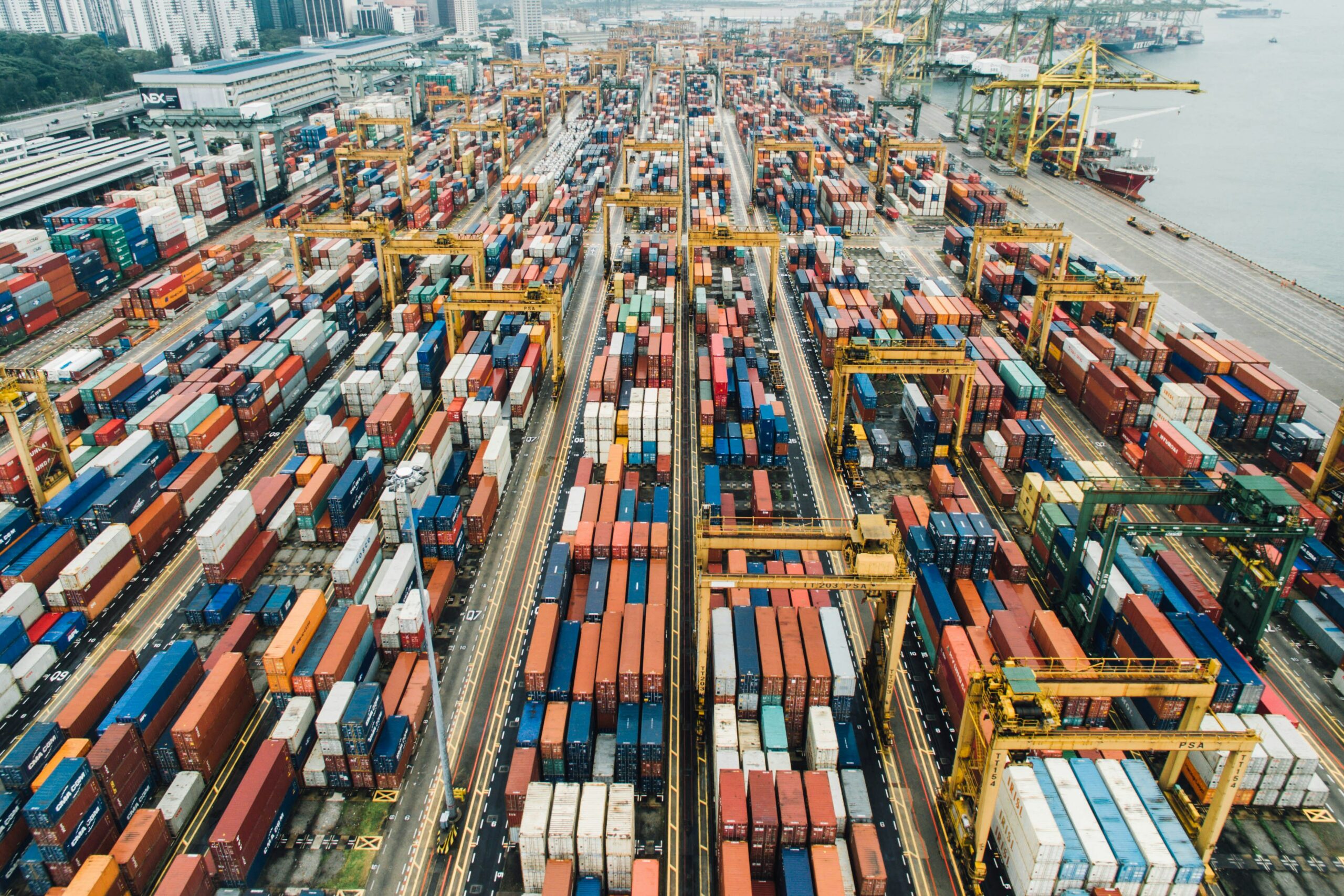oFollowing the recent U.S. election, the government has introduced sweeping tariff policies that mark the most significant shift in trade policy since the 1970s (Source: J.P. Morgan). Effective from April 2025, the administration implemented a baseline 10% tariff on most imported goods. Higher rates are also targeting specific sectors. Chinese imports now face tariffs of up to 145%, while a 25% tariff has been imposed on all car imports.
These measures have sparked a wave of uncertainty for globally distributed supply chains, particularly those heavily reliant on third-party suppliers.
Trade policy changes of this magnitude hit global sectors such as manufacturing, agriculture, technology, and energy the hardest. These international supply chains, are now contending with disrupted innovation pipelines, higher operational costs, and constrained global expansion.
Tariffs can render supplier relationships economically unsustainable, forcing businesses to increase costs, shift compliance requirements, and more complex customs procedures.
For procurement leaders, this is more than just a policy change – it represents a strategic turning point. Organisations must now reassess supplier relationships, risk tolerances, and sourcing priorities in response to a rapidly changing trade landscape. But how exactly has the tariff policy impacted supply chains, and what is a strategic approach for procurement leaders to take to tackle this newest challenge?
How the U.S Tariffs Impact Supply Chains
The consequences of the new U.S. tariff policy are being felt across procurement operations, especially for firms sourcing goods from overseas. While the specific effects vary by sector and geography, several common themes are emerging:
- Rising Costs: Both universal and country-specific tariffs raise the base cost of goods. Organisations with narrow margins or limited pricing power will be disproportionately affected.
- Increased Compliance Pressures: With tariffs linked closely to the country of origin, accurate documentation and an understanding of Rules of Origin (ROO) become critical.
- Customs Bottlenecks: The removal of the de minimis exemption for low-value shipments now requires full customs declarations. This change could result in significantly delayed deliveries.
- Supplier Risk: Long-standing international supplier relationships may no longer be financially viable, necessitating a re-evaluation of sourcing strategies.
Procurement leaders are always dealing with uncertainties within the supply chain, but since outsourcing has expanded, this could have repercussions unless addressed swiftly. So, how can supplier or vendor managers proactively address their third-party suppliers to minimise the impact of the tariff changes?
Proactive Strategies to Minimise Tariff Impact
To navigate these new challenges, procurement leaders must act decisively to build resilience into their supply chains. Some key strategies include:
1. Assess Supplier Exposure
The first step is to identify which suppliers are most affected by the new tariffs. With this visibility, procurement teams can evaluate the potential cost impact, develop contingency plans, and determine where diversification is needed.
2. Diversify Sourcing
Relying on a single country or region increases exposure to concentrated risk. While existing supplier relationships may remain valuable, exploring alternative geographies, particularly those less impacted by tariffs, can build vital redundancy into your procurement strategy.
3. Leverage Duty Reduction Mechanisms
Programmes such as duty drawback, bonded warehouses, and foreign trade zones offer short-term relief by allowing companies to reduce or defer duties on goods that are later re-exported or stored. These tools provide breathing space while organisations recalibrate long-term strategy.
4. Enhance Supplier Collaboration
Open dialogue with suppliers around cost-sharing mechanisms, substitute materials, or adjusted delivery schedules can mitigate the financial impact of tariffs. This is also an opportunity to strengthen strategic partnerships and demonstrate shared commitment through flexibility and cooperation.
5. Invest in Visibility and Compliance
Procurement teams must have full visibility across the third-party ecosystem to detect vulnerabilities and respond with agility. This is where technology becomes indispensable, enabling real-time monitoring, supplier risk analysis, and accurate documentation of product origin to ensure compliance with new trade rules.
Implementing a Digital Solution to Create Resilience
To successfully implement a proactive strategy for the tariff changes, a digital solution will help to speed up the process and provide the visible insight into your supply chain that you require to be proactive. Brooklyn’s Third-Party Risk Management (TPRM) platform equips procurement professionals with the tools and insights required to thrive in today’s volatile trade environment:
- Real-Time Risk Visibility: A centralised dashboard offers a live overview of your third-party network, including supplier risk ratings and country-specific exposure.
- Automated Risk Assessments: Rapidly identify suppliers most vulnerable to tariff-related risks and initiate appropriate mitigation workflows.
- Compliance Tracking & Documentation: Ensure all product origin documentation is up-to-date and audit-ready, reducing the risk of penalties.
- Supplier Financial & Geopolitical Data: Enrich supplier profiles with real-time insights from trusted data providers such as Creditsafe and Dun & Bradstreet, helping you identify emerging risks early.
- Agile Response Capabilities: Execute contingency plans swiftly and adapt to evolving trade policies with confidence.
The recent U.S. tariff changes have exposed the fragility of global supply chains and the urgent need for resilience. For procurement leaders, this is not just about managing additional cost; it is about building a resilient, compliant, and responsive supply chain with robust systems to manage it effectively.
With the right strategies and digital tools in place, organisations can reduce their exposure, maintain operational continuity, and even uncover competitive advantages amidst the disruption.
Brooklyn’s TPRM solution delivers the real-time visibility and data-driven insight needed to strengthen your supply chain. If you are looking to strengthen your TPRM, supplier relationships or contract management, book a demo of the platform today: Contact Us


